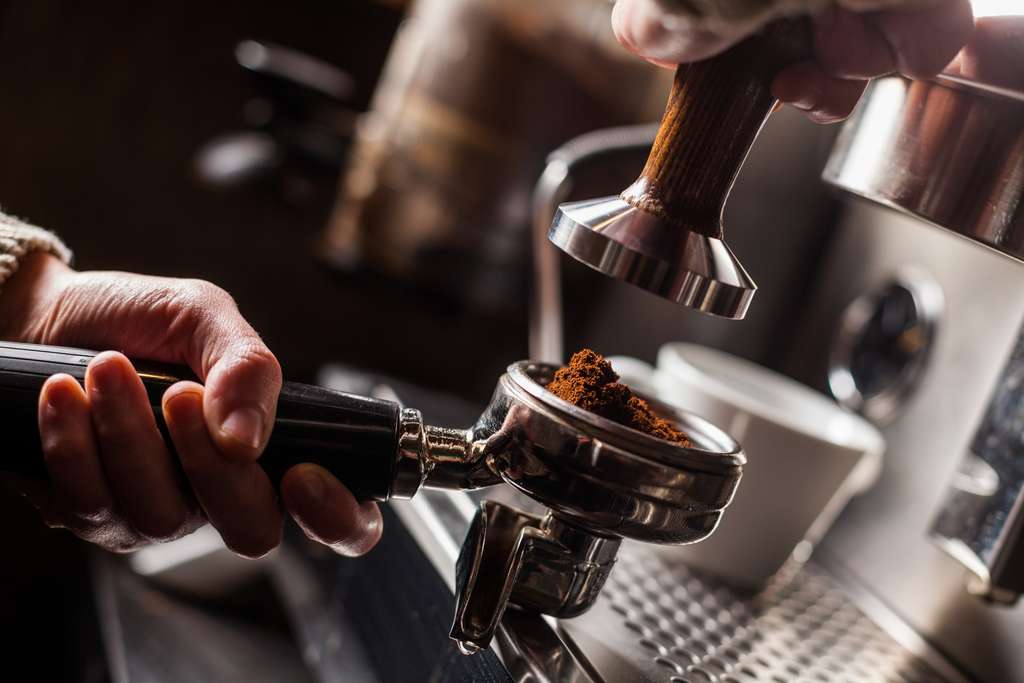Automatic, manual, pod, with grinder, with single or double nozzle… whatever the model, the espresso machine is nowadays part of every coffee lover’s kitchen. But some of them are still complex to clean. In this article, we explain how to do it quickly and easily.
Complex, tedious, difficult to access, so many terms that can summarize how complicated it is sometimes to clean an espresso machine, yet many tips exist. Details on the different ways to clean your espresso machine.
When to clean your espresso machine?
It all depends on its use and model. We can only advise you to clean your espresso machine at least every two to three months. Never wait until a machine or appliance shows signs of weakness before cleaning it, it will often be too late.
You will need to plan and stick to bi-monthly or quarterly maintenance. Especially if your espresso machine is top-of-the-line. Good habits to take in order to overcome any breakdown.
On the other hand, if you opt for an entry-level model, a quick daily cleaning will do the trick. In short, the more high-end the model, the more essential it will be for you to do a regular complete cleaning. From three months to one month in general.
How do you clean your espresso machine?
 First of all, whatever the model, you will have to unplug the machine. This seems logical, but too many people still clean their connected machine, a bad, very bad habit.
First of all, whatever the model, you will have to unplug the machine. This seems logical, but too many people still clean their connected machine, a bad, very bad habit.
Next, you will need to find out about your machine, if it is, for example, a top-of-the-range machine. Conventional coffee makers will be quick to clean, while real espresso (or espresso) machines will take tens of minutes or even hours to be serviced.
Look where the tank and the different filters are located. These will need to be cleaned first. Especially if you are in an area where the water is loaded with limescale. You will therefore have to dismantle them and run them under water, or use a suitable product.
Descaling will be necessary if you notice lime deposits regularly. Therefore, all nozzles and systems through which the water passes should be cleaned to ensure that there is sufficient pressure and flow rate to make a good espresso.
Coffeemakers vs. pod machines vs. professional machines
While the cleaning of traditional coffee makers is very simple and is often done with white vinegar, the maintenance of pod or capsule machines such as Nespresso, Senseo or Dolce Gusto is more complex.
Here, you will have to use descaling products without white vinegar or too acidic solution. These machines remain fragile and electronic, de facto, any type of corrosive cleaner could damage them.
If the tank is simple to clean, for a complete descaling of the machine you will use descaling tablets, or a descaling kit adapted to the machine, to be diluted in the same tank. To do this, do not forget to remove the used pod and run the water as if you were making espresso coffee. Repeat as many times as necessary to completely rid your machine of micro-residues. Finally, repeat the operation with water without any additives, to remove any remaining product and limescale.
Professional machines with single or double nozzle will follow the same process, except that you will have to clean the percolator and clean the various bins, this will avoid the formation of mould and will allow your machine to breathe a little. Finally, remember to clean the outside of these machines, this will avoid external corrosion which, in the long run, could also corrode the inside. All these points will allow you to appreciate all the aromas of your coffee and keep your espresso machine for many years.

